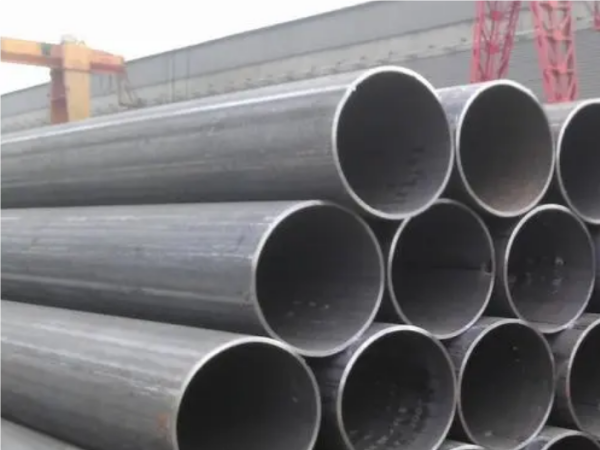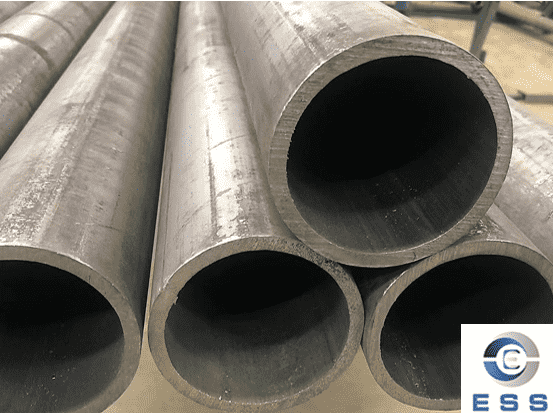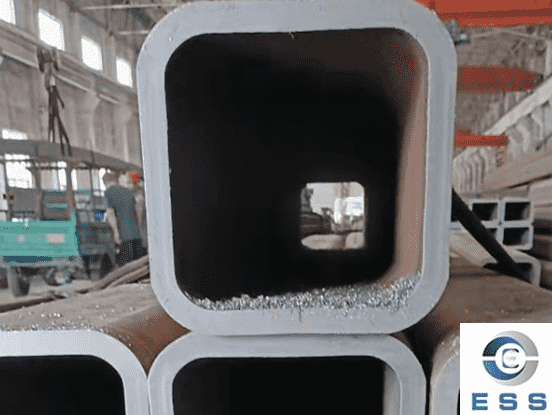The difference between the various types of seam pipes?
Seam pipes, also known as welded pipes, are commonly used in a variety of applications, including construction, oil and gas, and transportation. These pipes are created by welding together two or more pieces of steel to form a single seamless section. There are several different types of seam pipes available on the market, each with its own unique characteristics and advantages. In this article, we will explore the differences between the various types of seam pipes and their applications.

Longitudinal seam pipes
Longitudinal seam pipes are created by welding together two or more pieces of steel along their lengthwise edges. This type of seam pipe is commonly used in applications where strength and durability are essential, such as in the construction of bridges, buildings, and pipelines. Longitudinal seam pipes are also commonly used in the oil and gas industry for transporting petroleum products.
One of the key advantages of longitudinal seam pipes is that they offer high strength and durability. This makes them ideal for use in applications where the pipes will be exposed to high levels of stress or pressure. Longitudinal seam pipes are also relatively easy to produce and can be manufactured in large quantities, making them a cost-effective option for many applications.
Spiral seam pipes
Spiral seam pipes are created by winding a strip of steel around a mandrel and then welding it together along its lengthwise edges. This type of seam pipe is commonly used in applications where flexibility and resistance to bending are essential, such as in the construction of pipelines and underground utilities.
One of the key advantages of spiral seam pipes is that they offer excellent resistance to bending and deformation. This makes them ideal for use in applications where the pipes will be exposed to significant stress or pressure. Spiral seam pipes are also relatively easy to produce and can be manufactured in large quantities, making them a cost-effective option for many applications.
Electric resistance welded (ERW) pipes
Electric resistance welded (ERW) pipes are created by passing an electric current through a strip of steel and then welding it together along its lengthwise edges. This type of seam pipe is commonly used in applications where high levels of precision and accuracy are essential, such as in the construction of automotive parts and machinery.
One of the key advantages of ERW pipes is that they offer excellent precision and accuracy. This makes them ideal for use in applications where tight tolerances and high levels of consistency are essential. ERW pipes are also relatively easy to produce and can be manufactured in large quantities, making them a cost-effective option for many applications.
Double submerged arc welded (DSAW) pipes
Double submerged arc welded (DSAW) pipes are created by welding together two pieces of steel using a method that involves submerging the joint in a flux. This type of seam pipe is commonly used in applications where high levels of strength and durability are essential, such as in the construction of pipelines and underground utilities.
One of the key advantages of DSAW pipes is that they offer excellent strength and durability. This makes them ideal for use in applications where the pipes will be exposed to high levels of stress or pressure. DSAW pipes are also relatively easy to produce and can be manufactured in large quantities, making them a cost-effective option for many applications.
Conclusion
In conclusion, there are several different types of seam pipes available on the market, each with its own unique characteristics and advantages. Longitudinal seam pipes offer high strength and durability, spiral seam pipes offer excellent resistance to bending and deformation, ERW pipes offer excellent precision and accuracy, and DSAW pipes offer excellent strength and durability. By understanding the differences between these various types of seam pipes, you can choose the one that best suits your needs and budget.













 Eastern Steel Manufacturing Co.,Ltd not only improve product production and sales services, but also provide additional value-added services. As long as you need, we can complete your specific needs together.
Eastern Steel Manufacturing Co.,Ltd not only improve product production and sales services, but also provide additional value-added services. As long as you need, we can complete your specific needs together.










